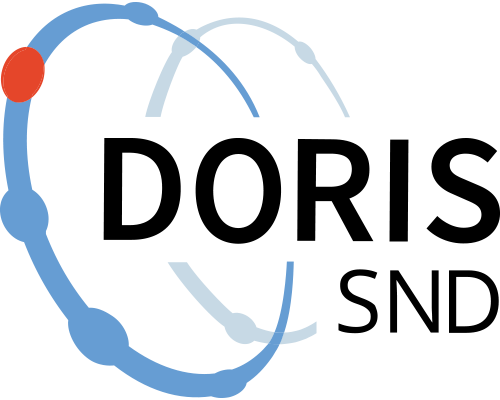Co-crystal structure of HCN:ethane
https://doi.org/10.71870/5xrf-na15
Selected crystal structures of co-crystals between HCN and ethane are provided in .cif format (readable e.g., by VESTA). Structures were predicted at the vdW-DF2 level of theory using CALYPSO v6 combined with the Vienna Ab initio Software Package (VASP) version 5.4.4 (details provided in doi:10.26434/chemrxiv-2024-t8l8v)
Data for PBE-D3(BJ)/DZVP molecular dynamics simulation of 1:4 intercalated co-crystal structure (readable e.g., by VMD). Simulation made using CP2K, v2024.1 span 20ps.
Movie of molecular dynamics simulation of 1:4 intercalated co-crystal structure at 90 K (mp4 file)
Data files
Data files
Documentation files
Documentation files
Citation and access
Citation and access
Data access level:
Creator/Principal investigator(s):
Research principal:
Data contains personal data:
No
